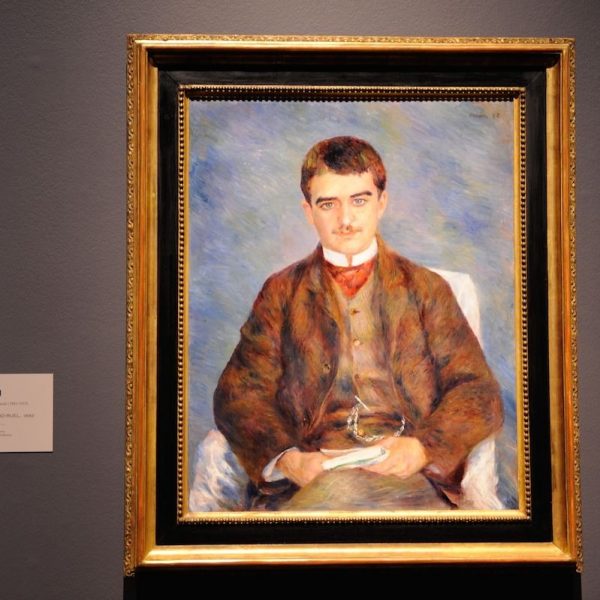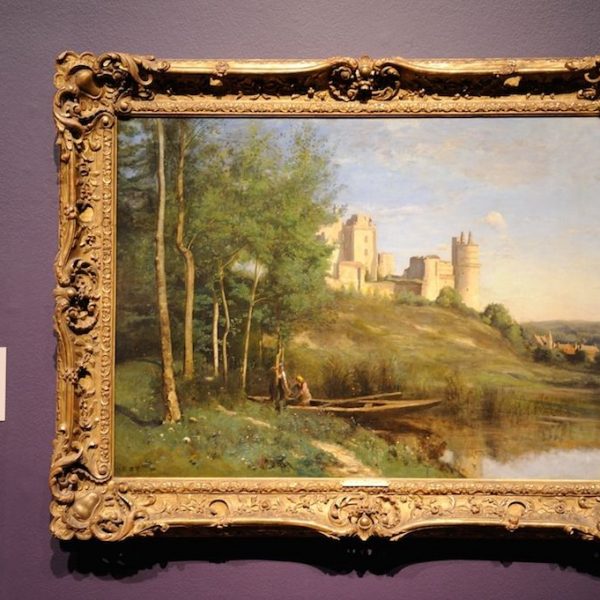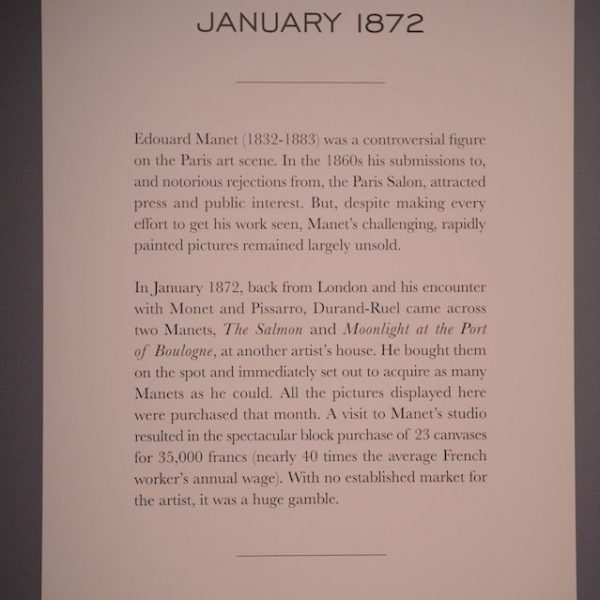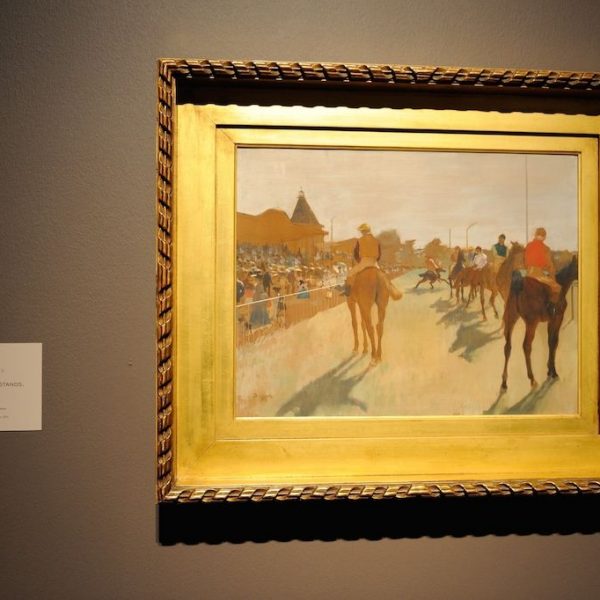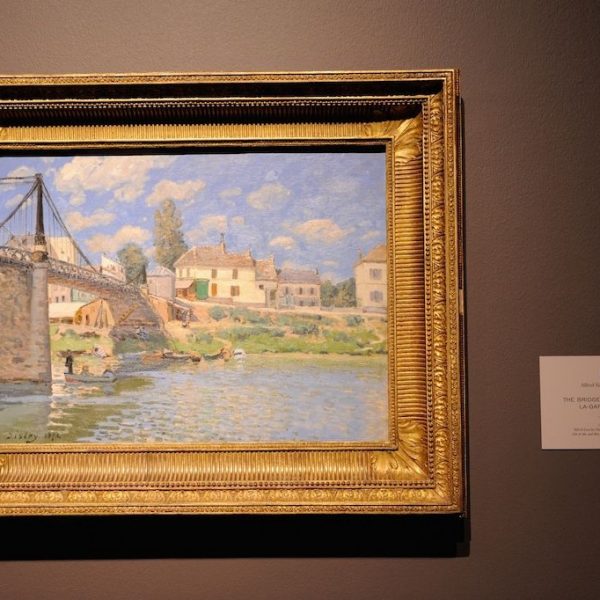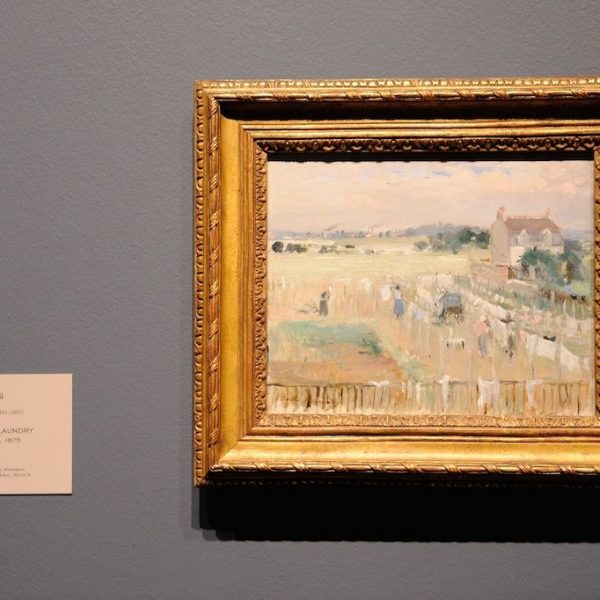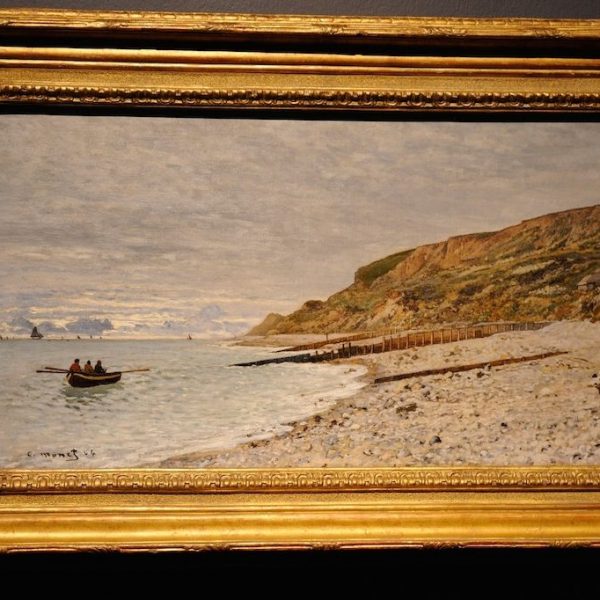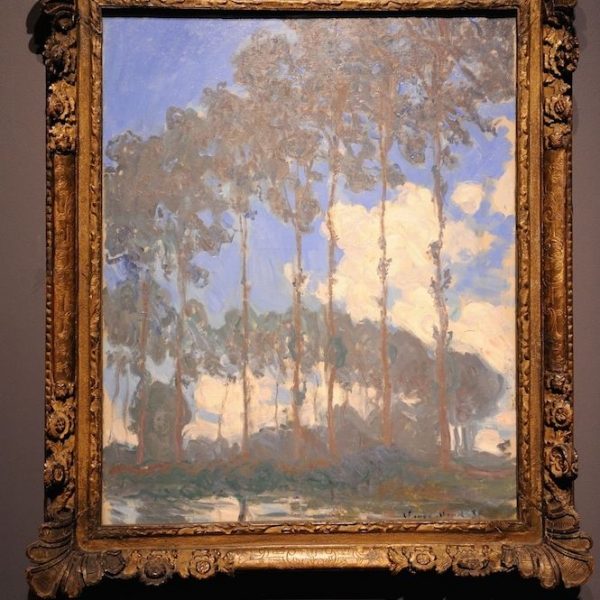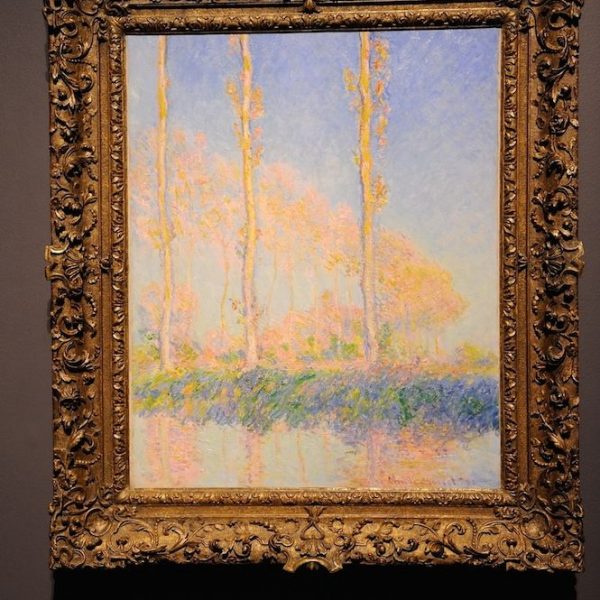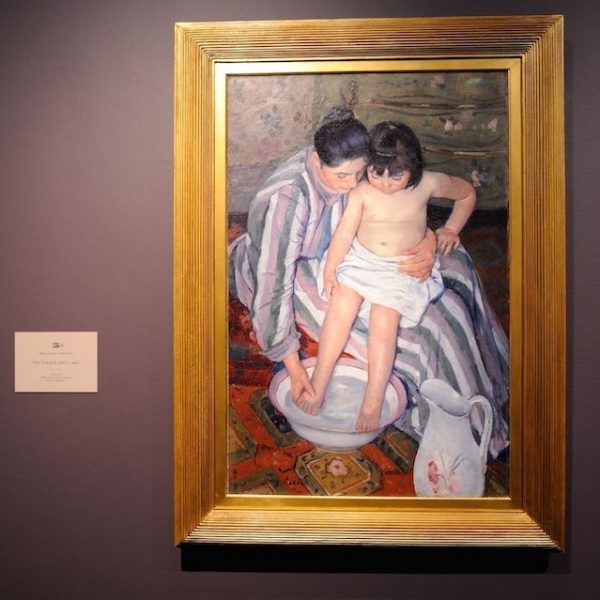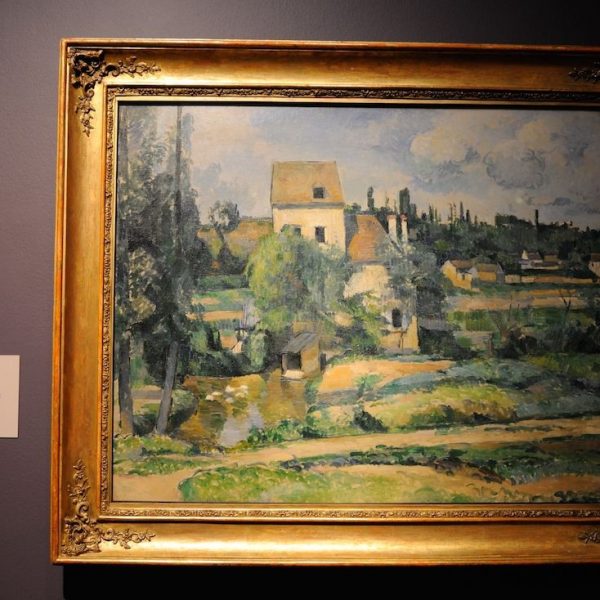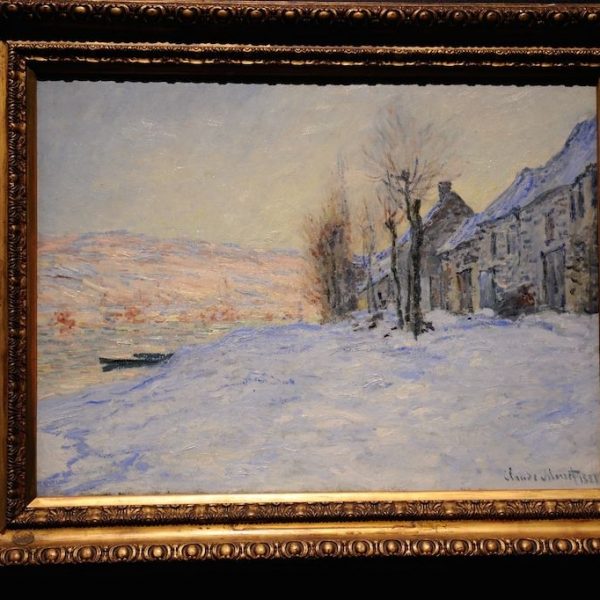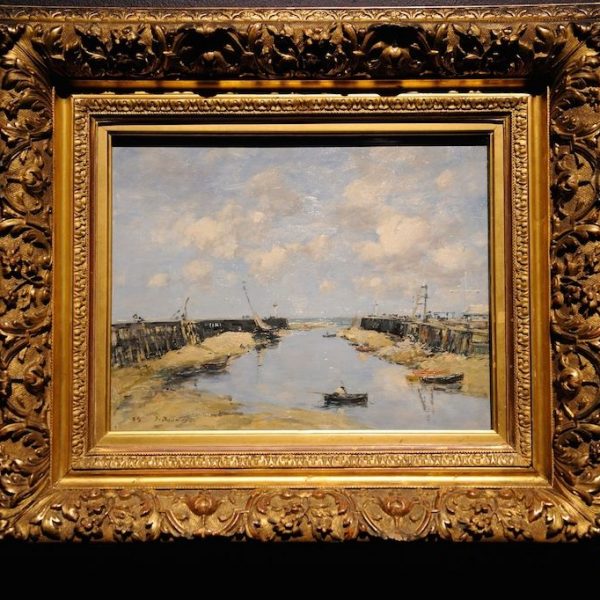
4 March – 31 May 2015
National Gallery
So universally popular are the Impressionists today, it’s hard to imagine a time when they weren’t. But in the early 1870s they struggled to be accepted. Shunned by the art establishment, they were even lambasted as ‘lunatics’ by one critic.
One man, however, recognised their worth from the beginning. Paul Durand-Ruel, an entrepreneurial art dealer from Paris, discovered this group of young artists – including Monet, Degas, Manet, Renoir, Pissarro and Sisley – and gambled.
Realising the fashionable potential of their derided ‘impressions’ of urban and suburban life, Durand-Ruel dedicated the rest of his life to building an audience for their work – creating the modern art market in the process.
Such was his perseverance, Durand-Ruel nearly bankrupted himself twice, before successfully globalising his operation with outposts in London, Brussels and New York, and establishing the one-man show as the international norm for exhibitions.
The ‘Impressionists’ – a term first used derogatively by critics – was to become the household name that stands today.
‘Inventing Impressionism’ features 85 masterpieces from the movement, all but one having passed through Durand-Ruel’s hands, including three of Renoir’s famous ‘Dances’ and five from Monet’s ‘Poplars’ series.






